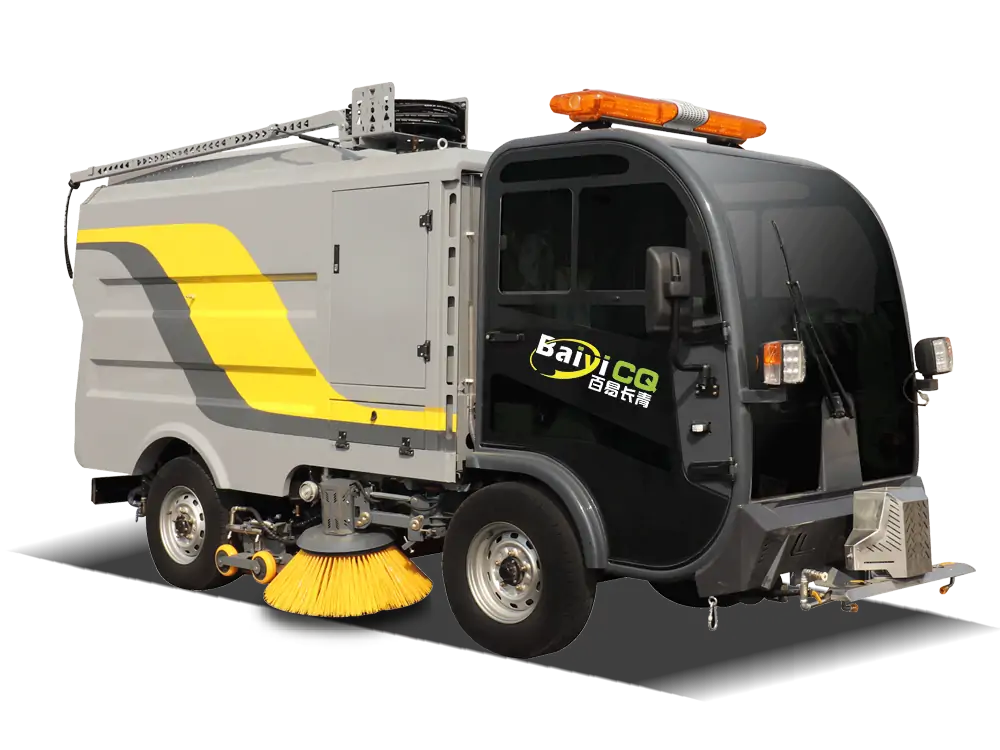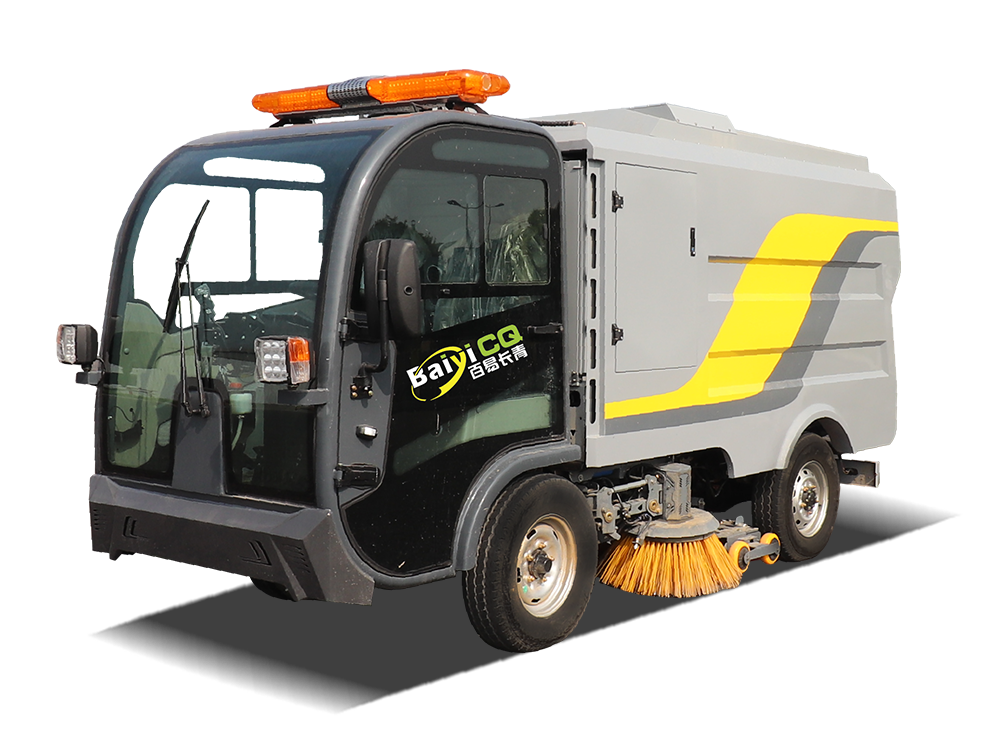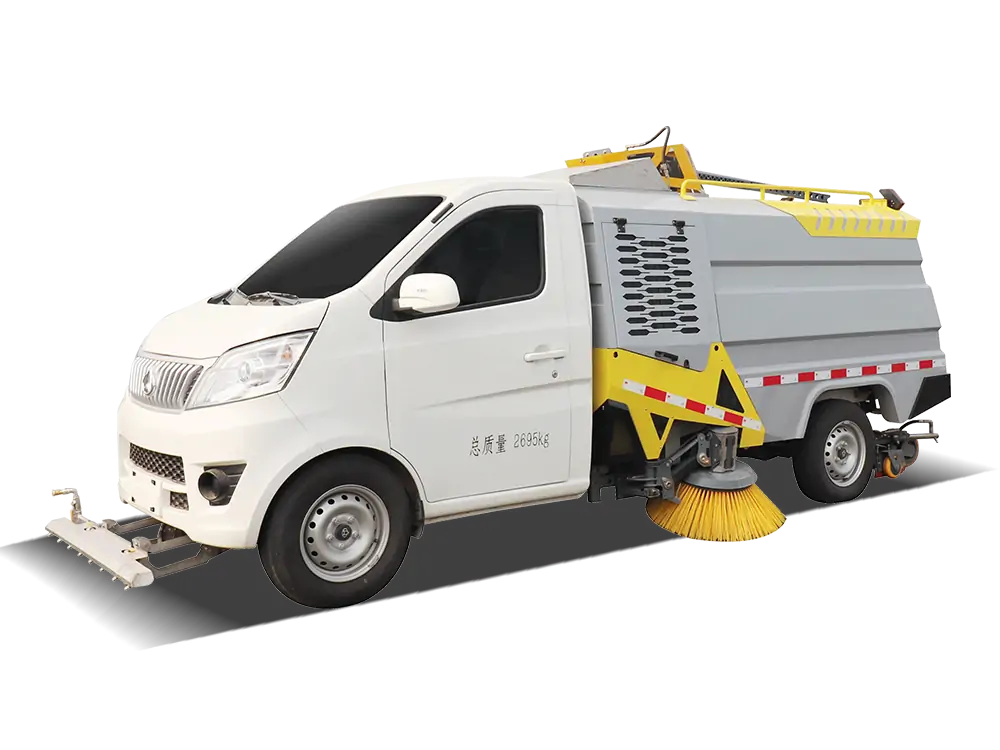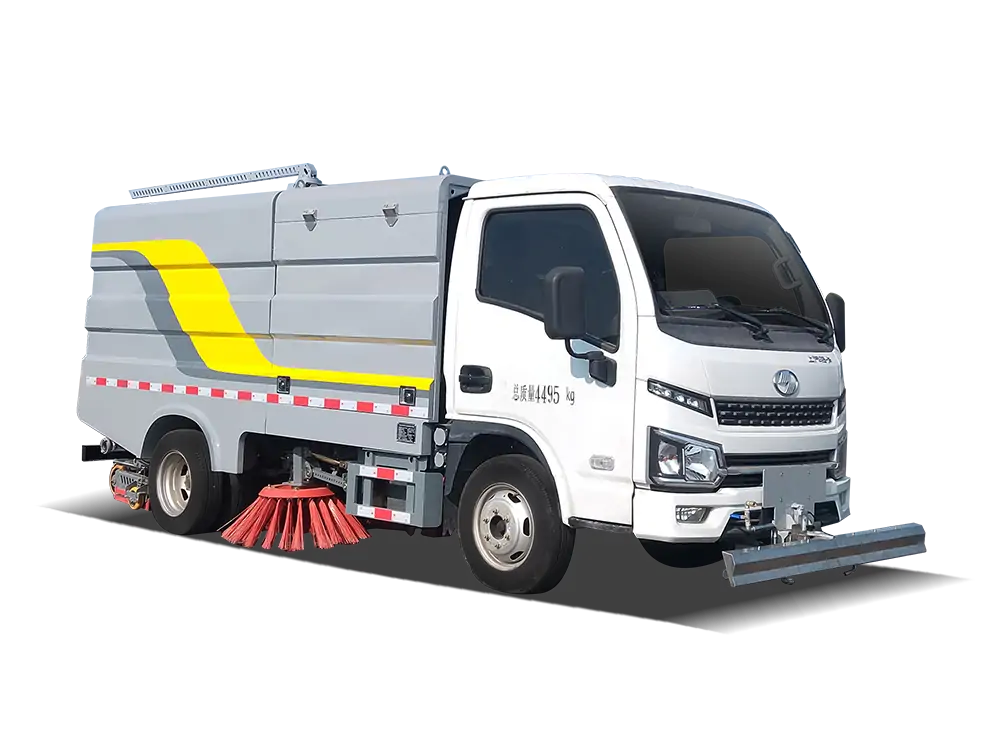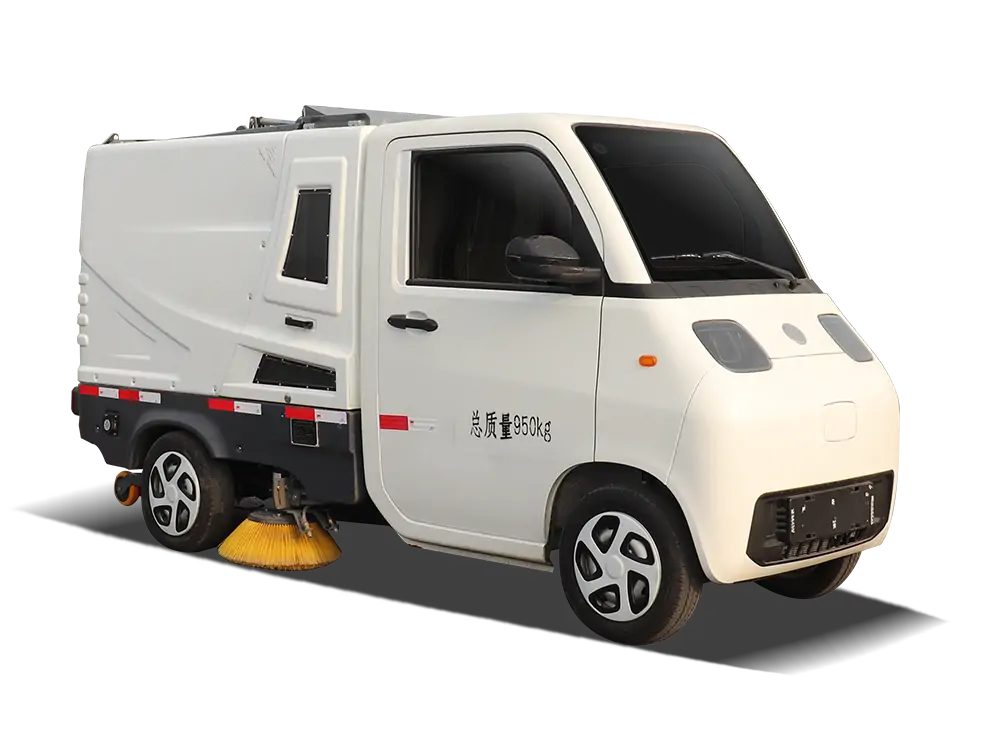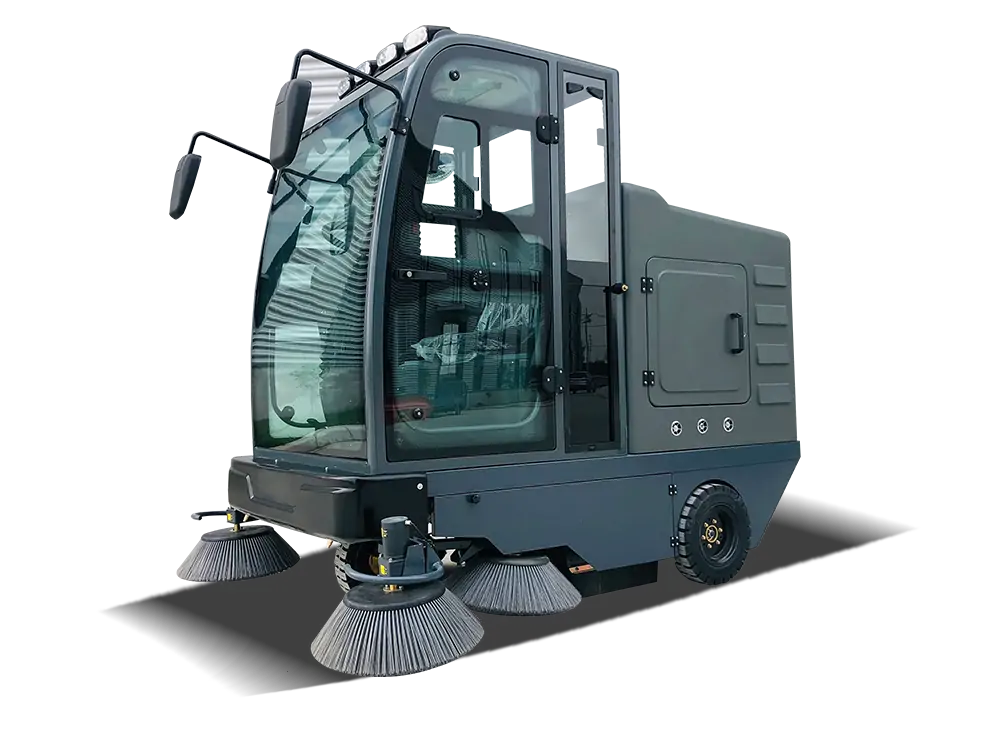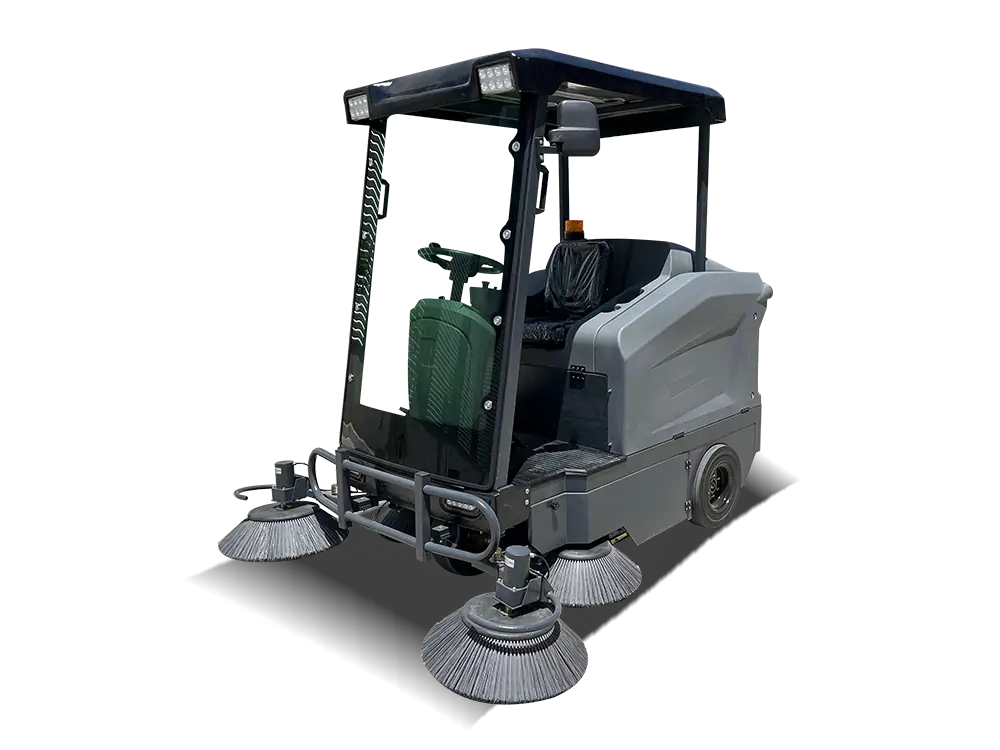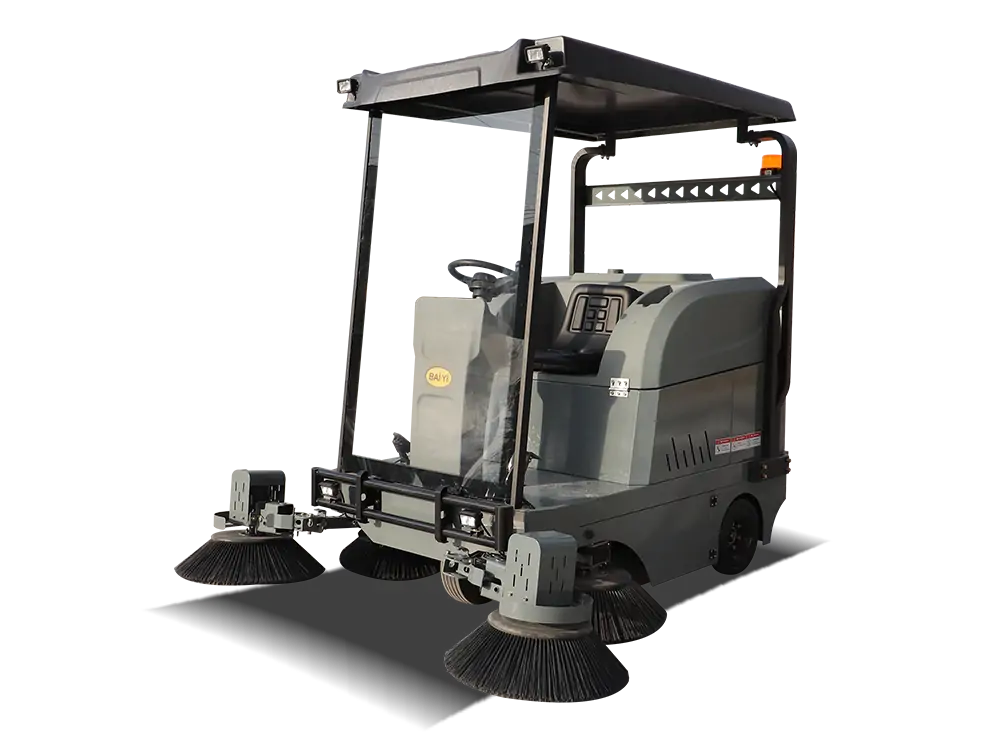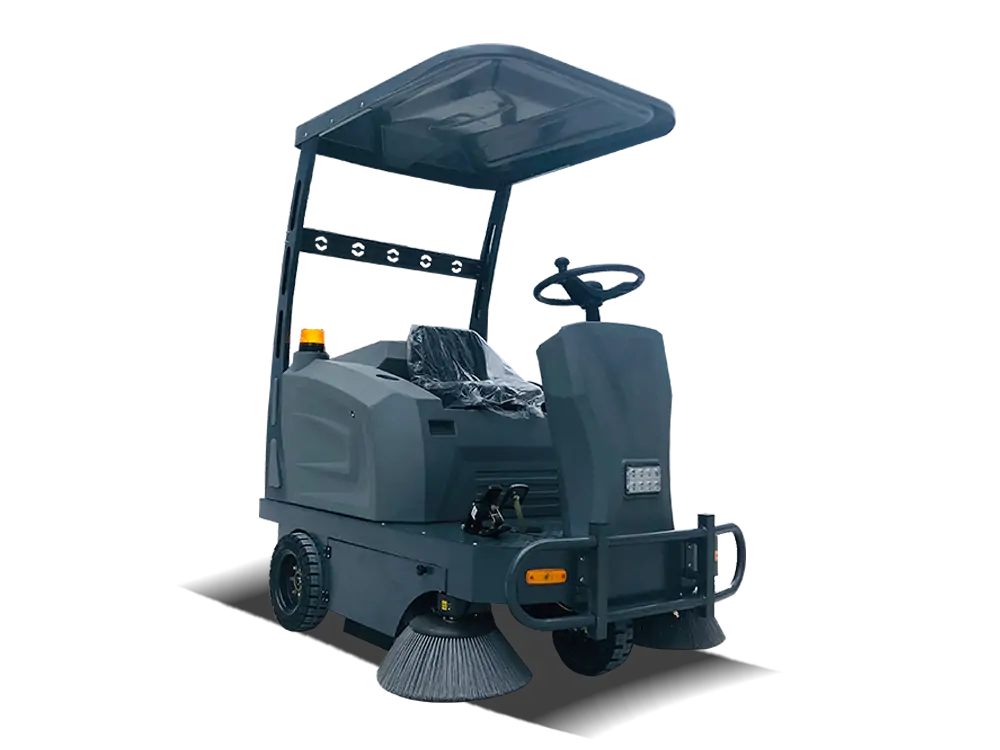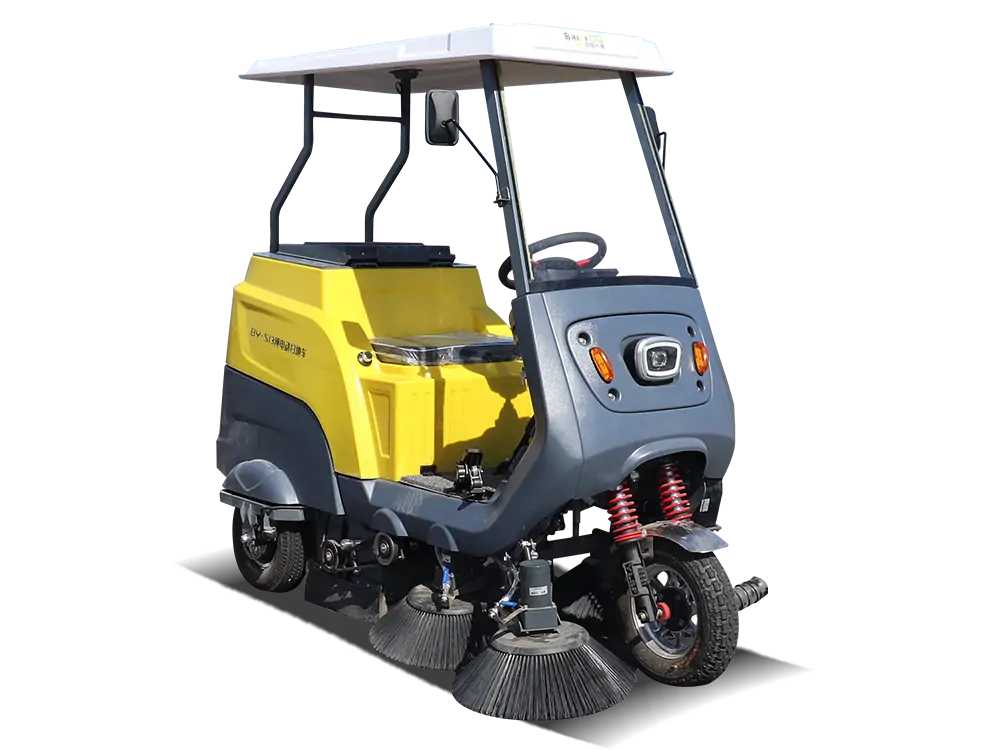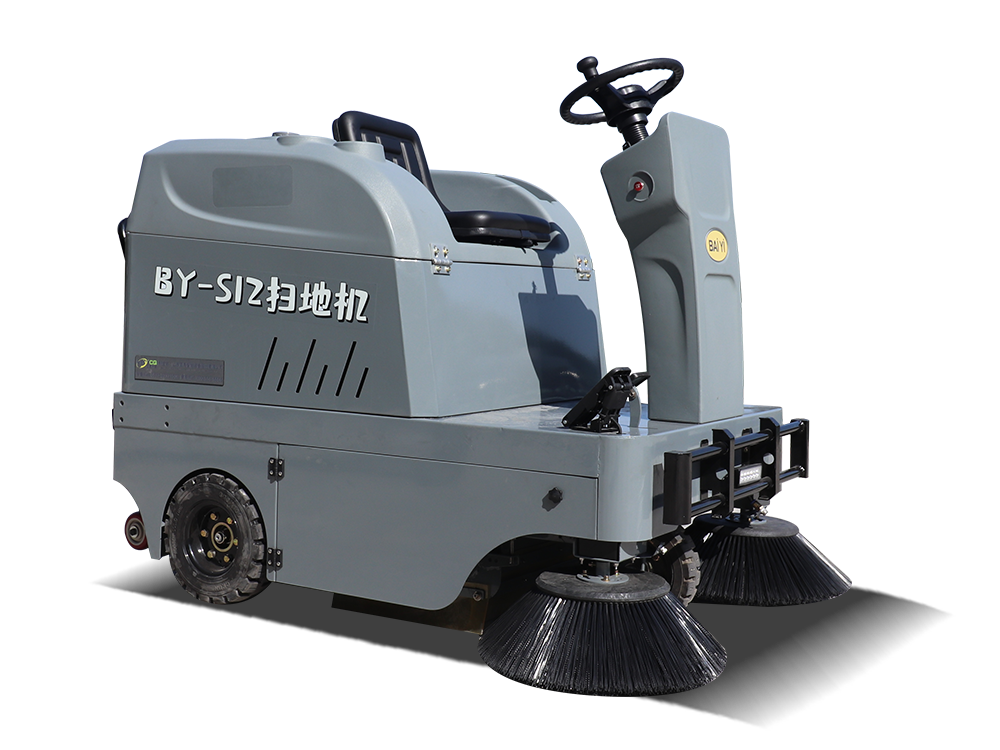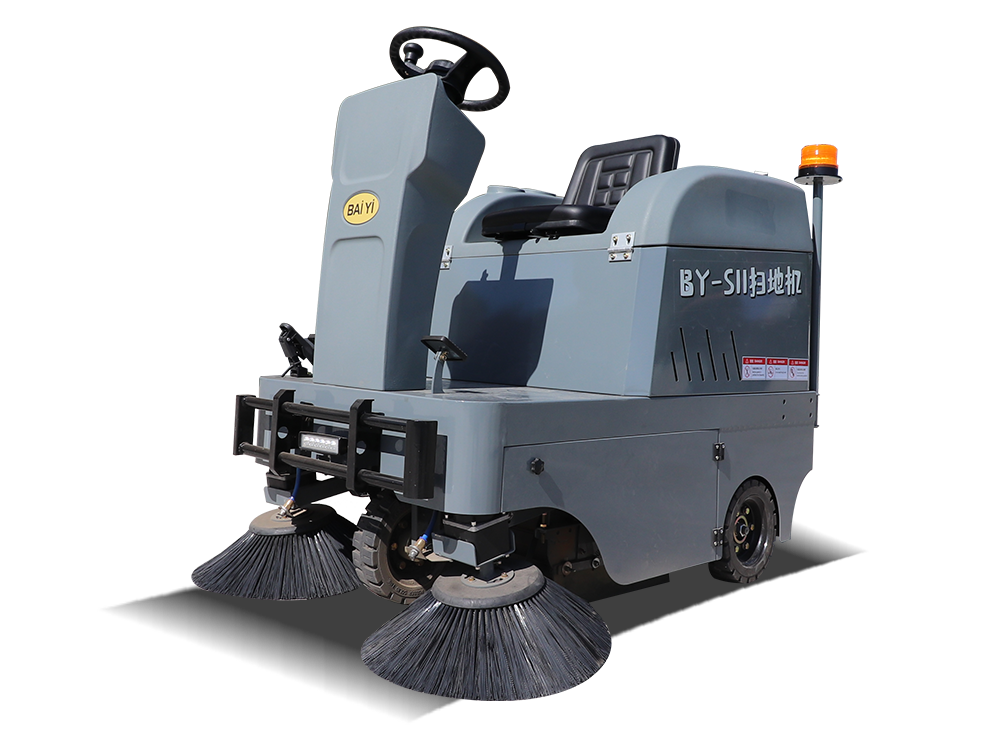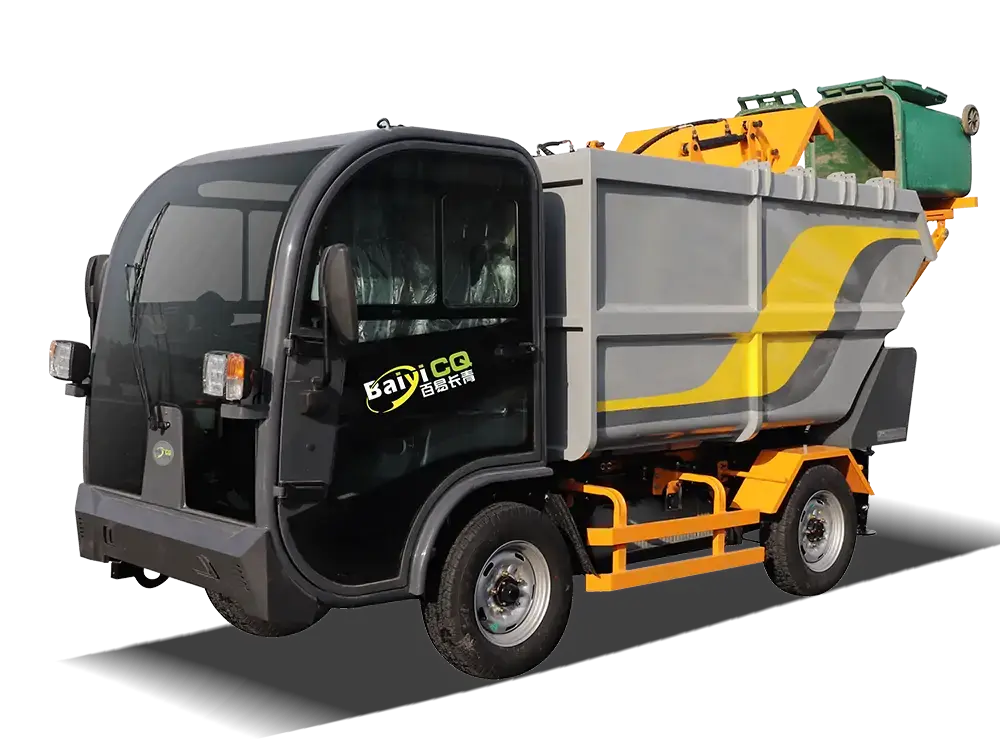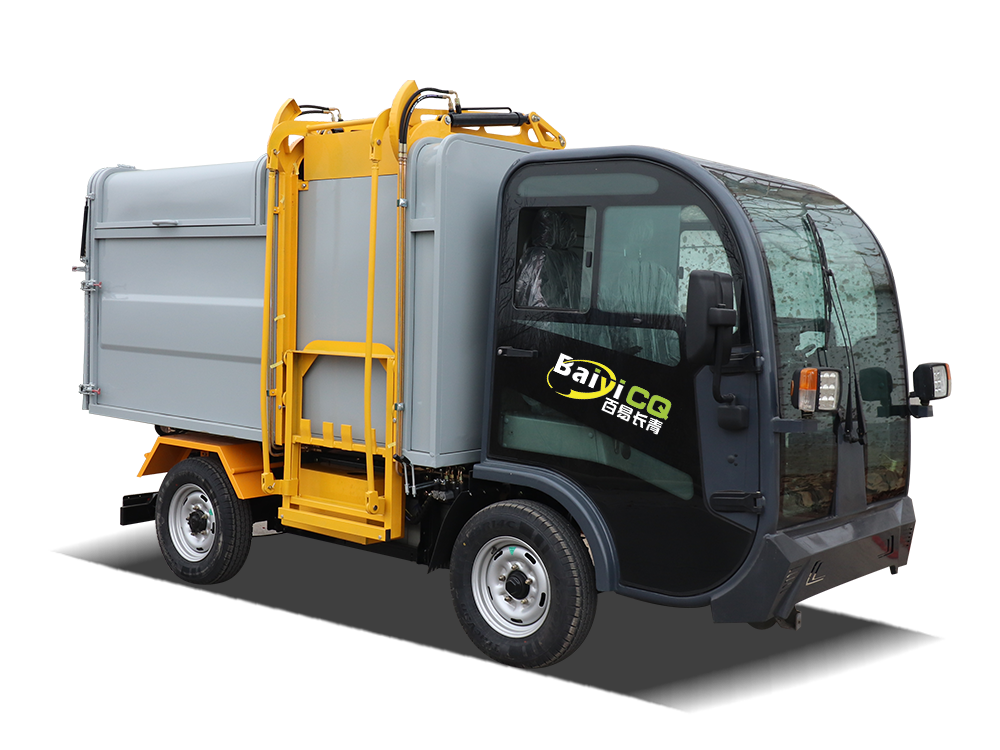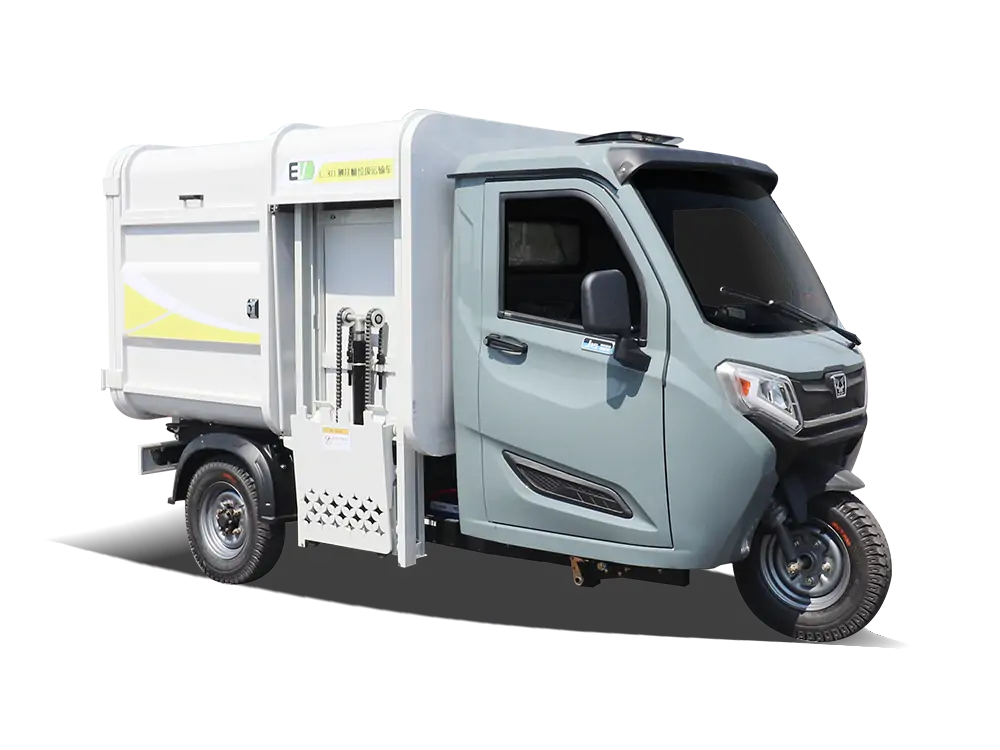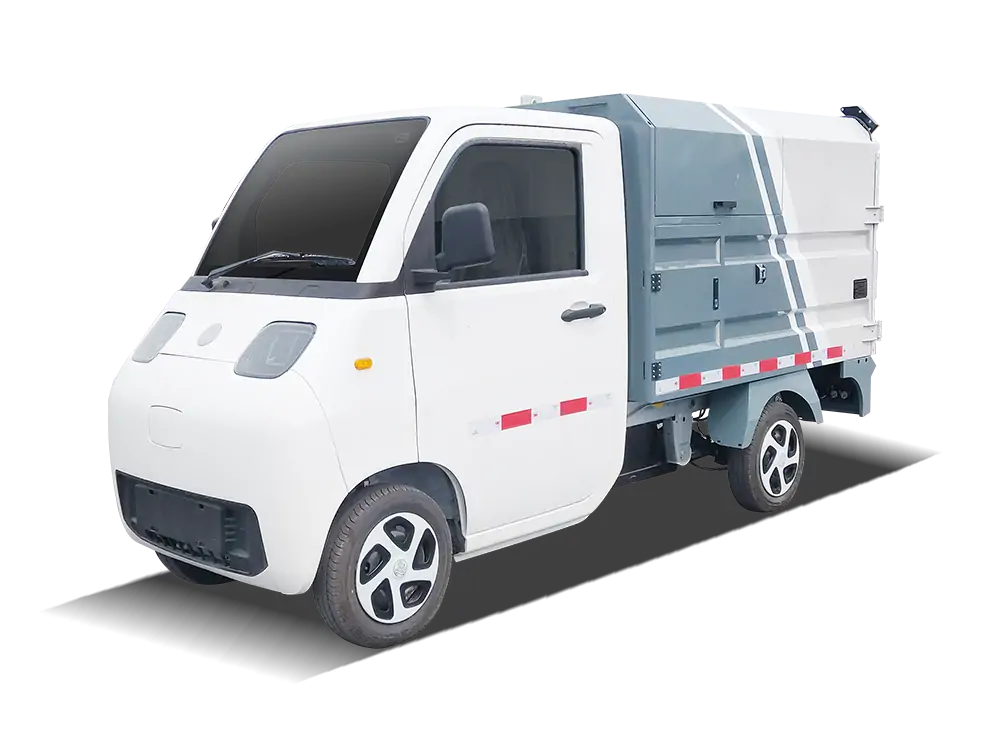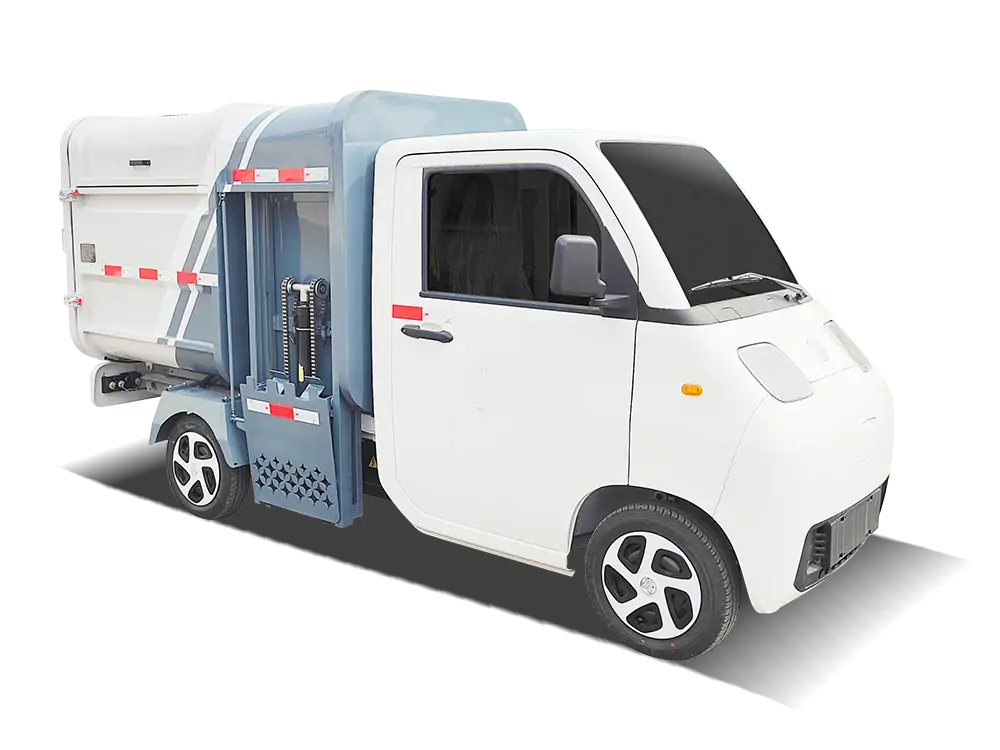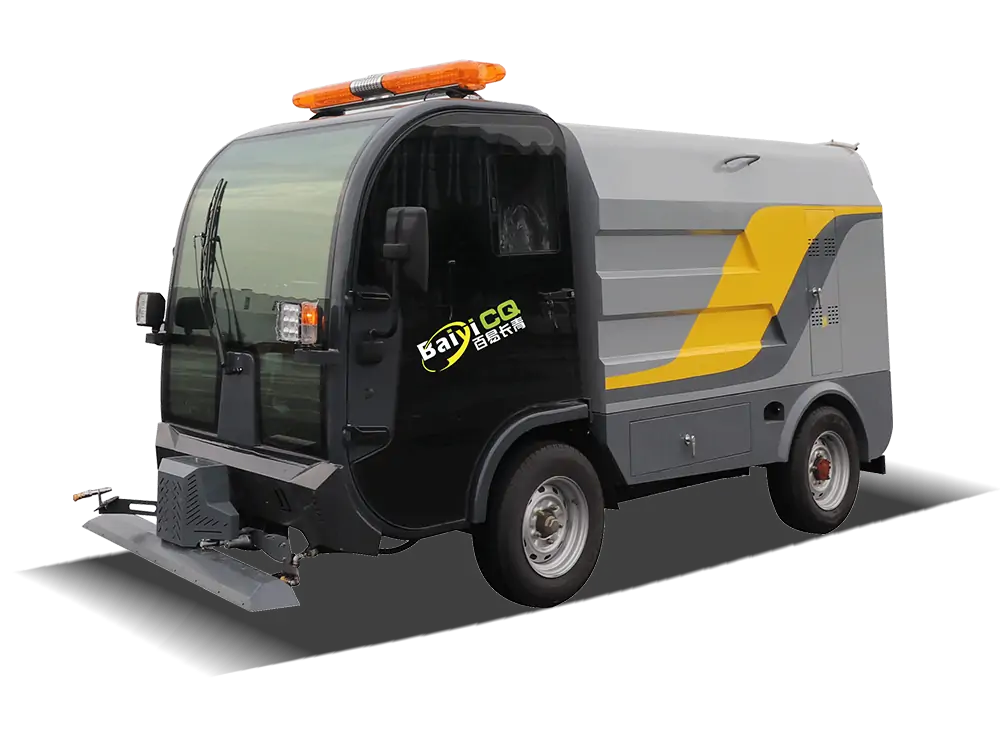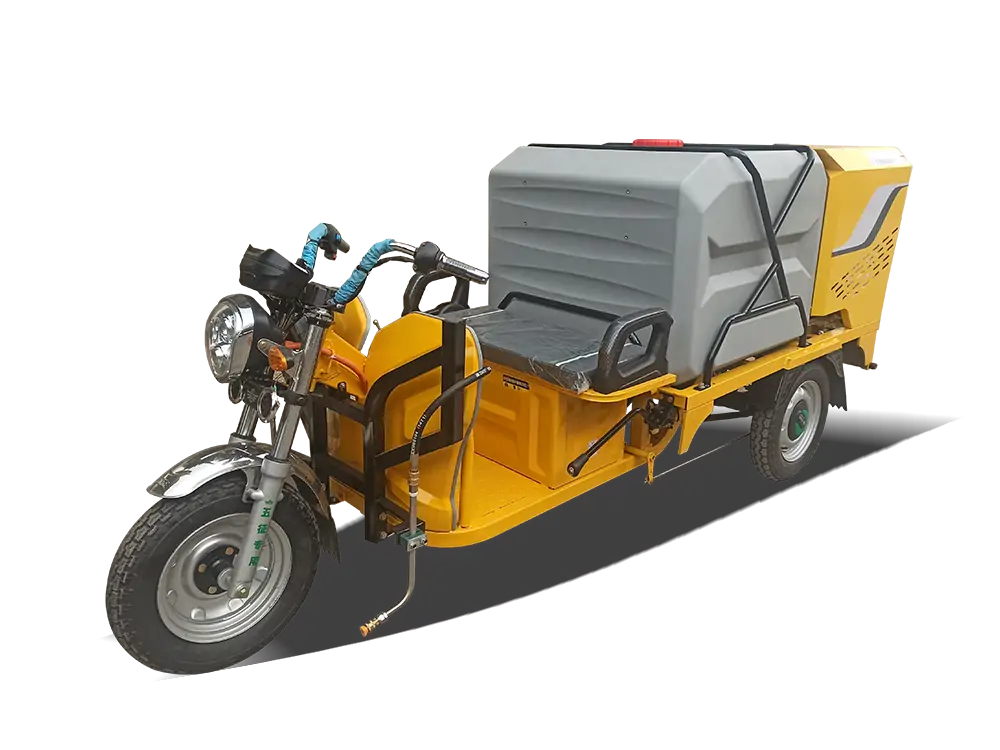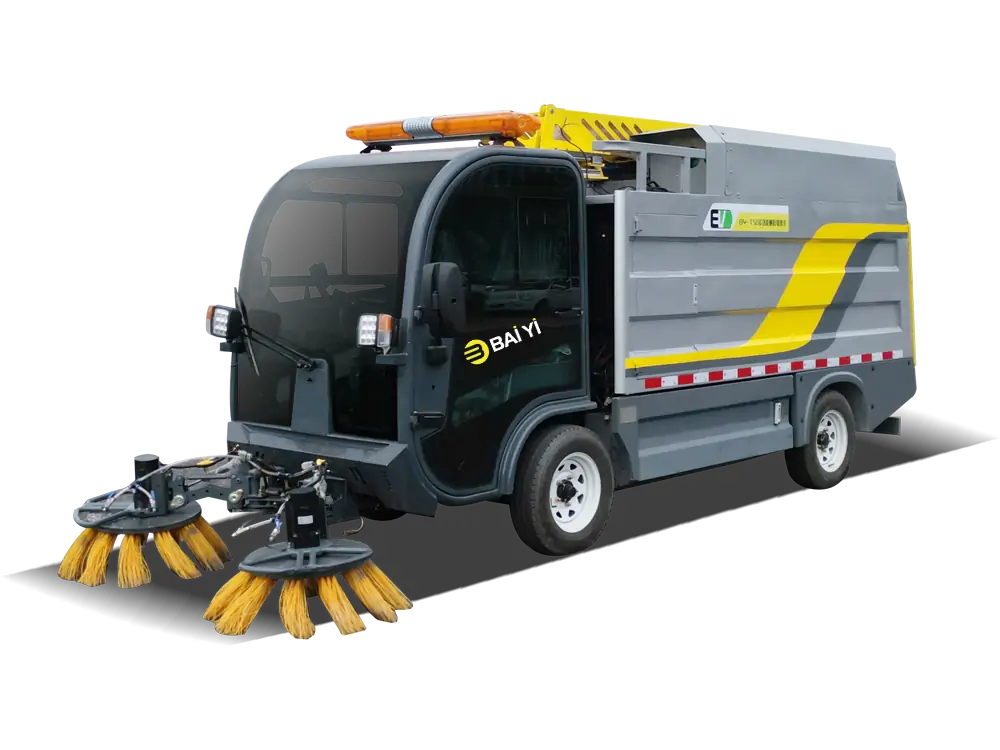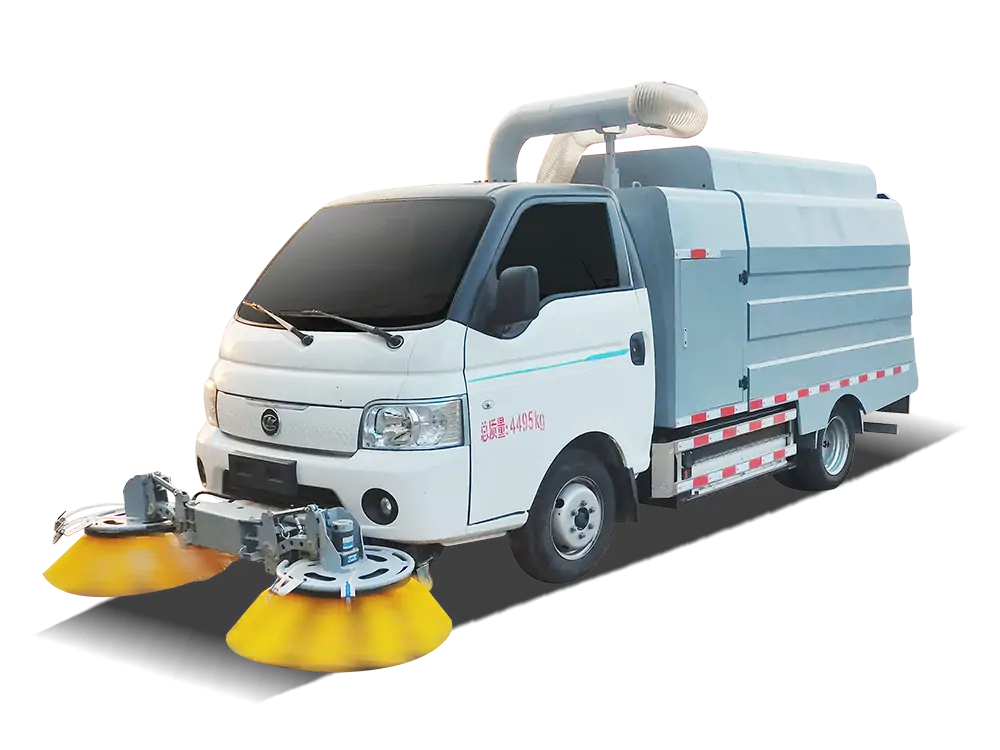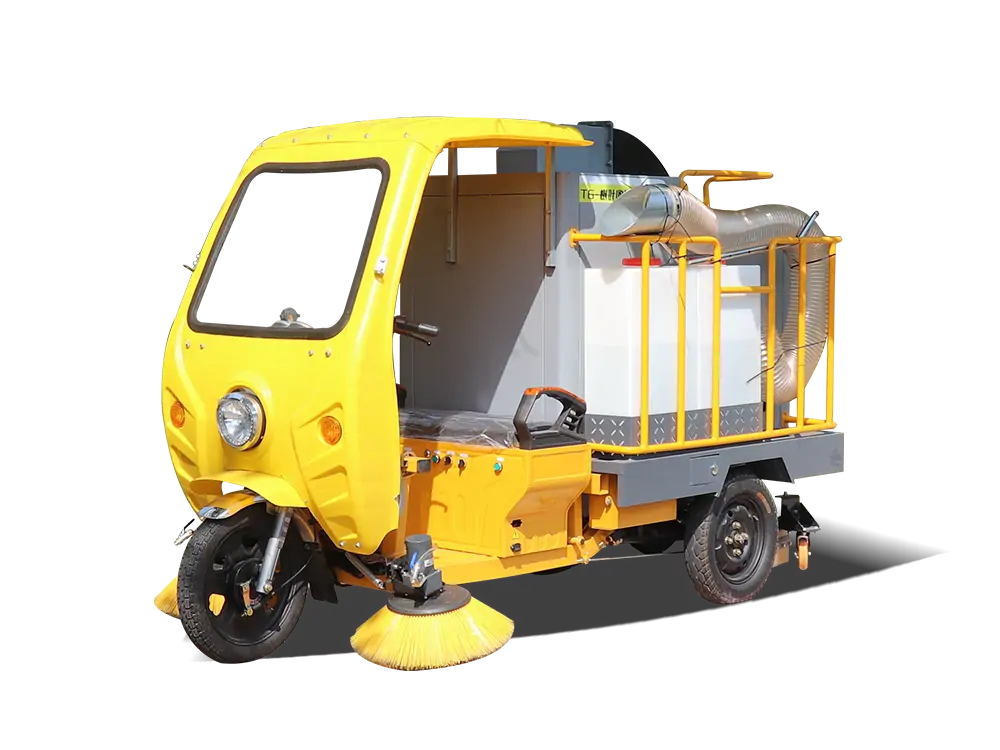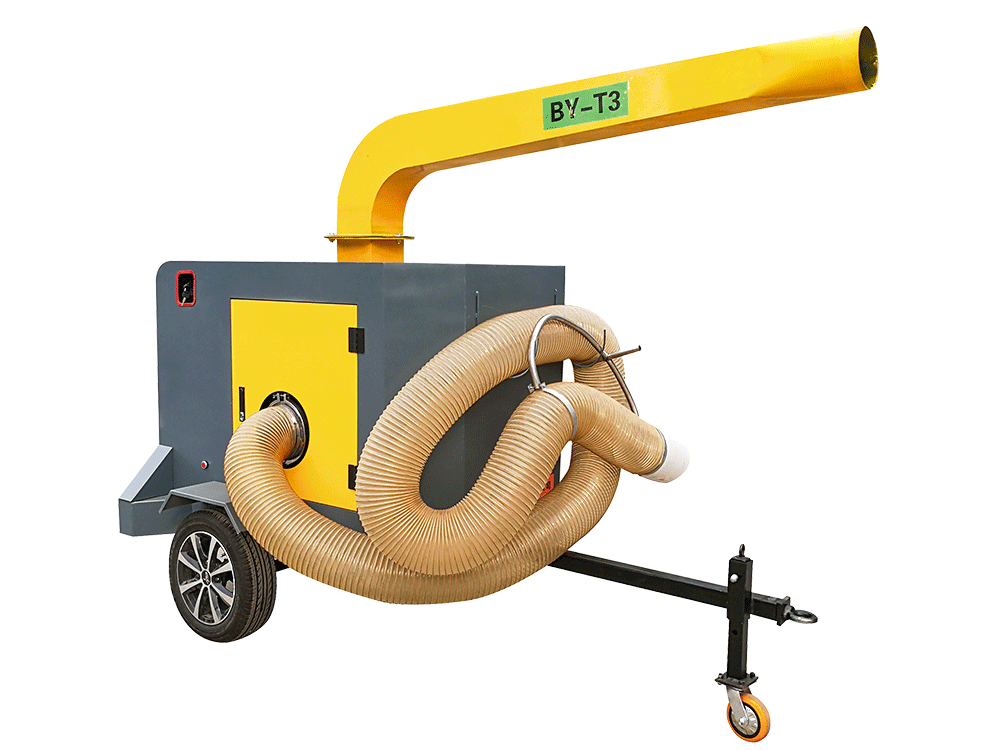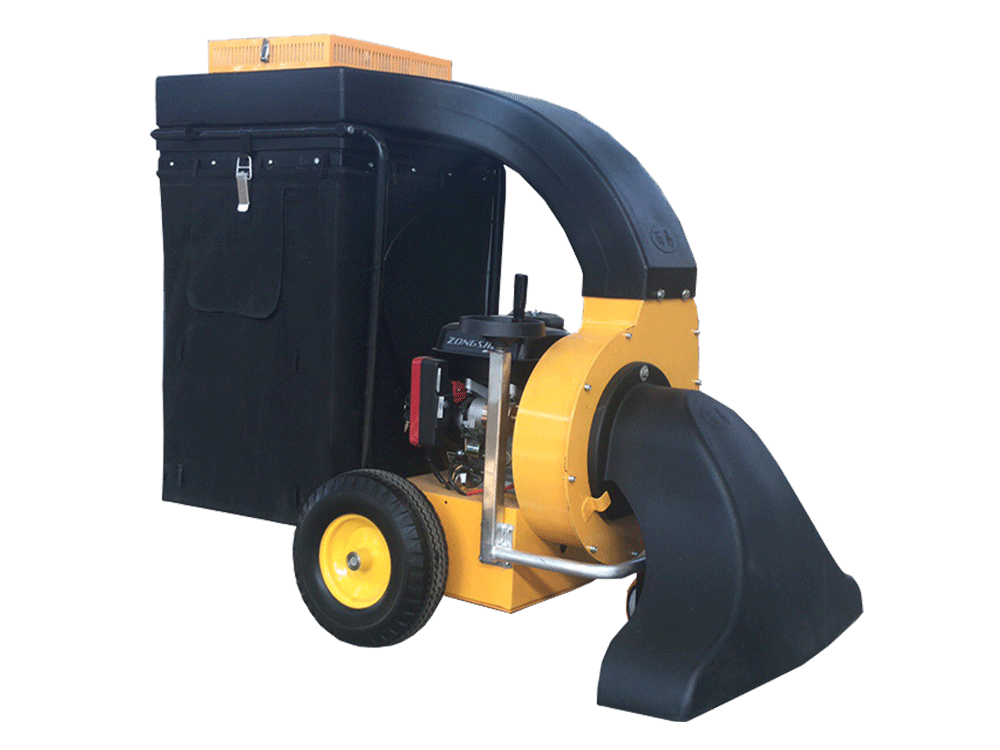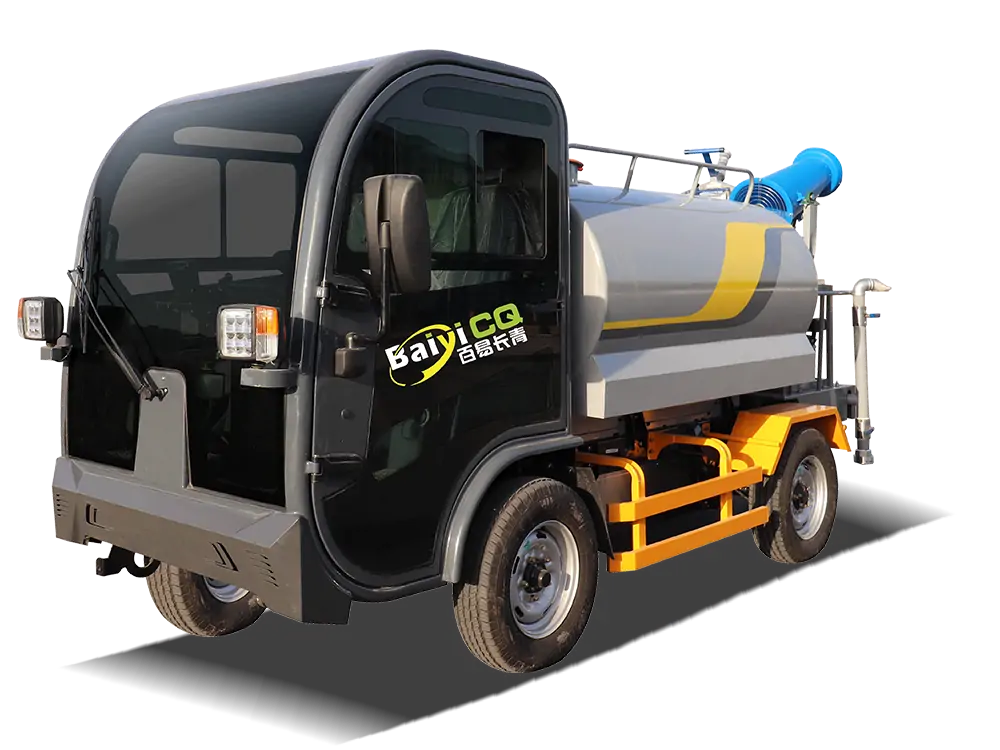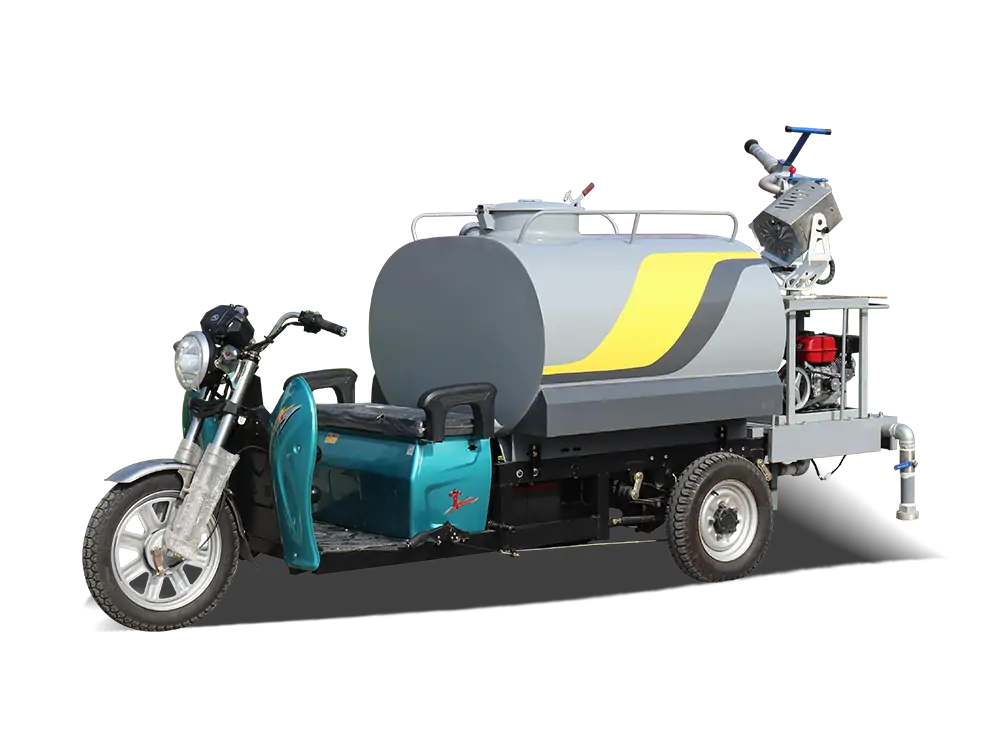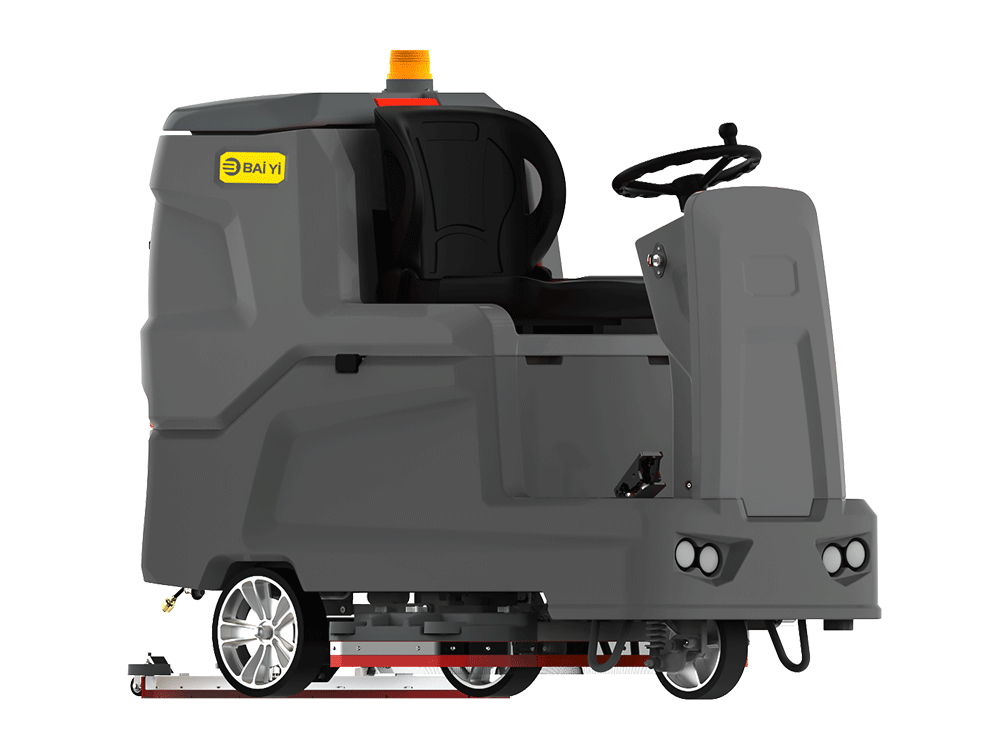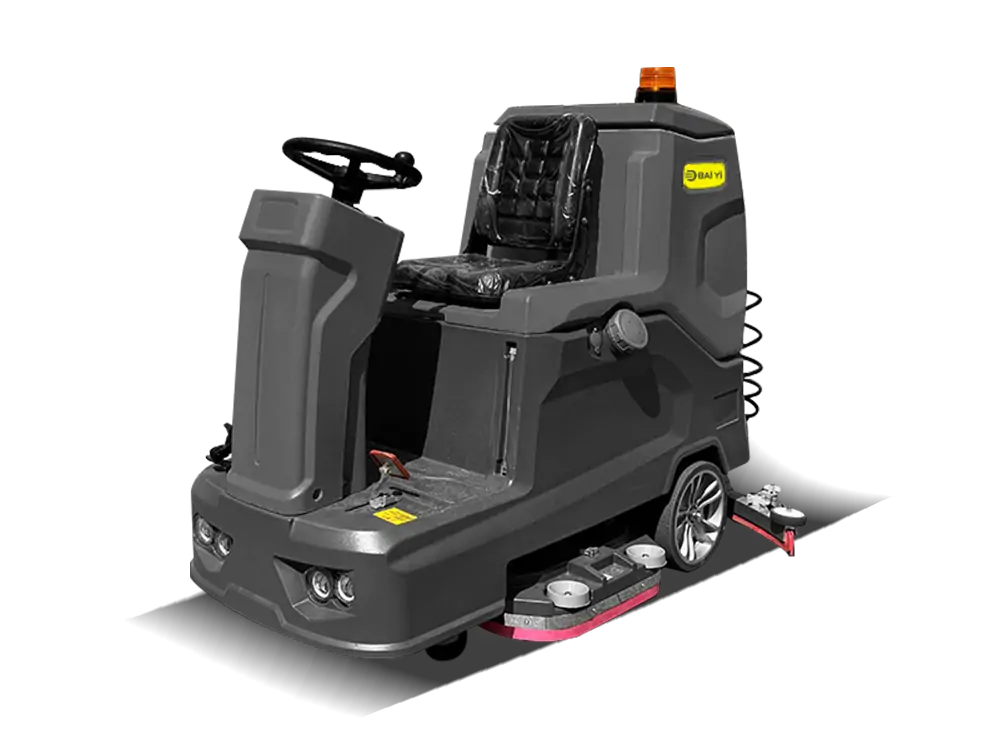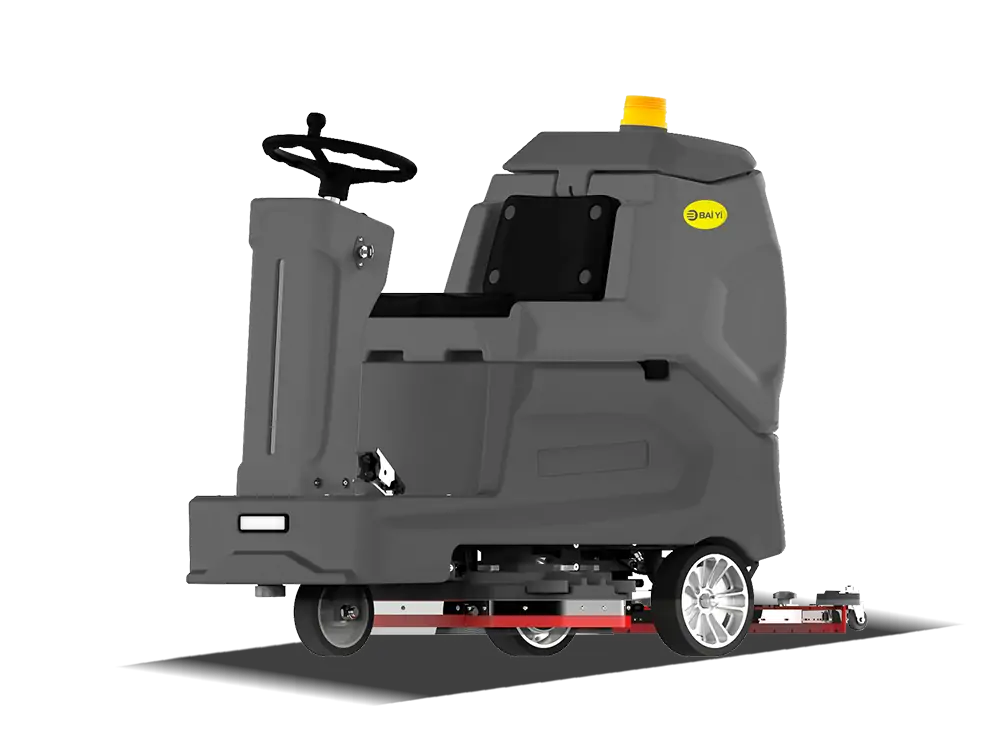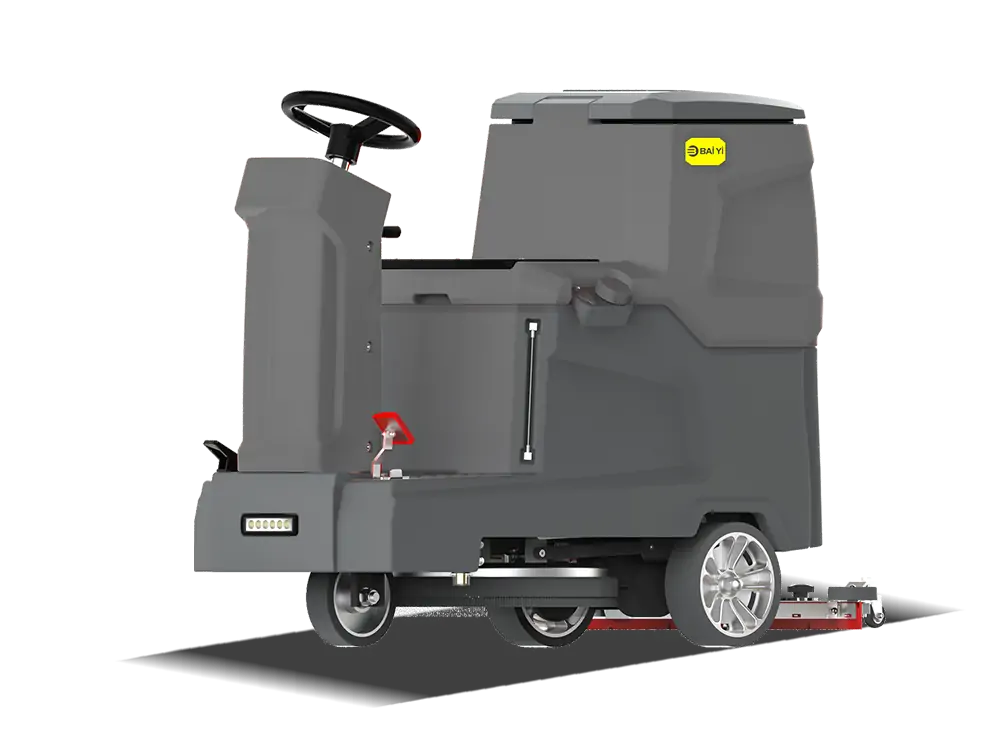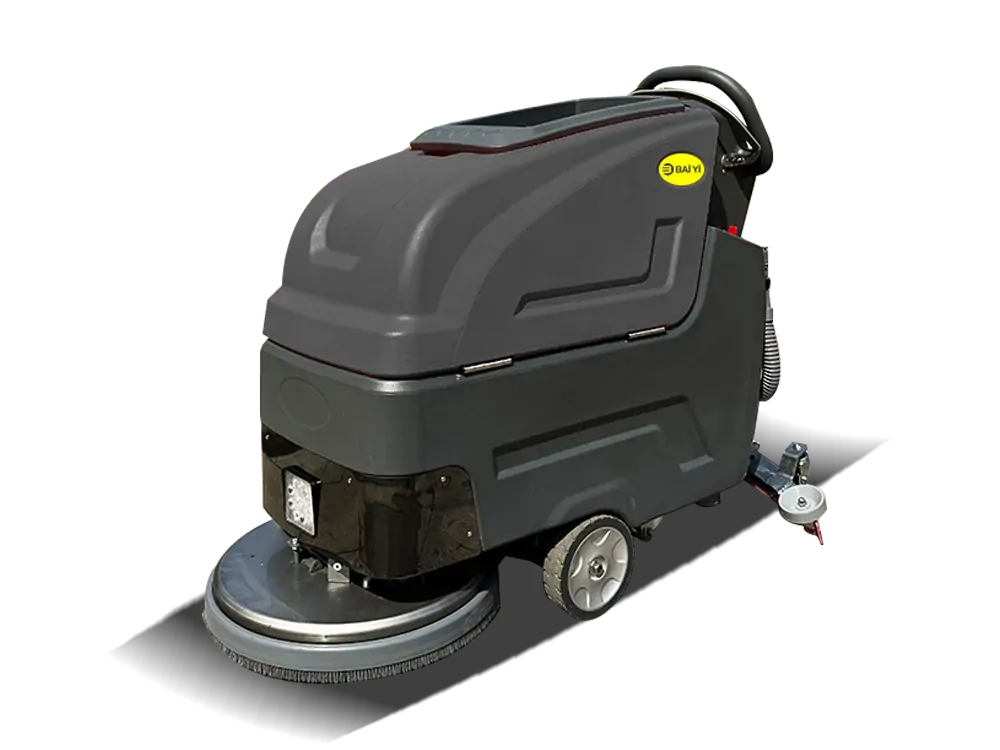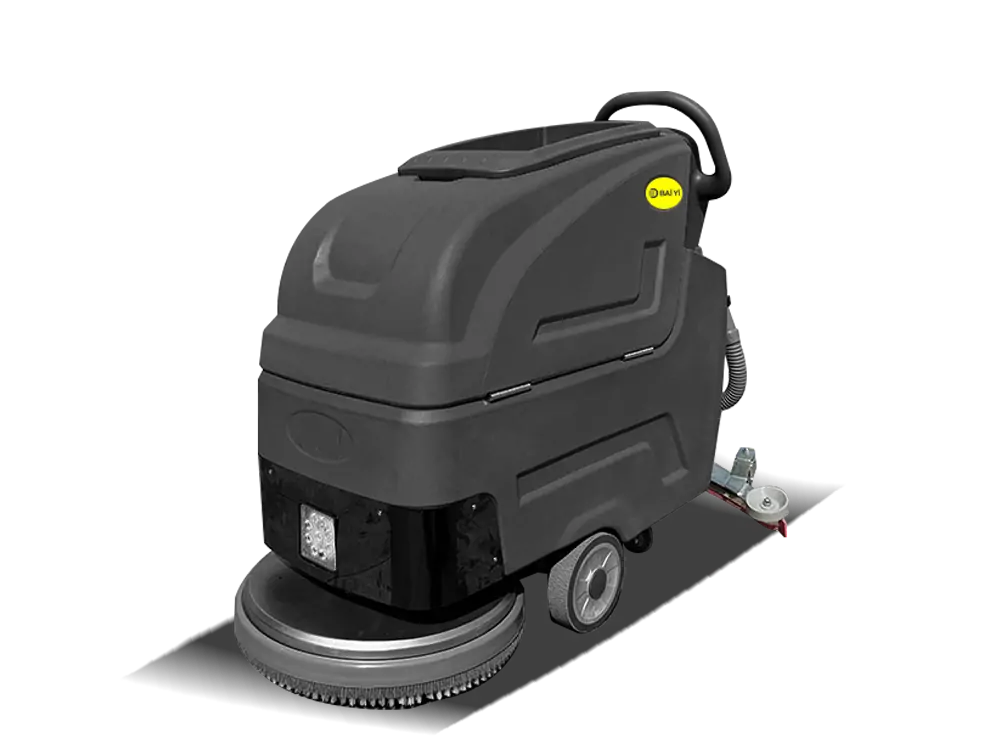News, Product News
Pure Electric Sweepers: The Future of Urban Environmental Health
With the rapid pace of urbanization, more people are focusing on environmental health. To maintain a clean urban environment, a large number of cleaning vehicles are used for daily maintenance. As an innovative cleaning vehicle, the pure electric sweeper has become widely used due to its compact size, excellent maneuverability, single-driver operation, and features like a detachable dustbin and spray dust suppression function.

Pure electric sweepers run on electric power, achieving zero emissions and no pollution, making them eco-friendly. Compared to traditional cleaning vehicles, pure electric sweepers are smaller and can easily navigate through busy factory roads, plazas, and similar spaces, unrestricted by road width or slope, offering greater accessibility. The single-driver operation is also simple and convenient, reducing the burden on operators.
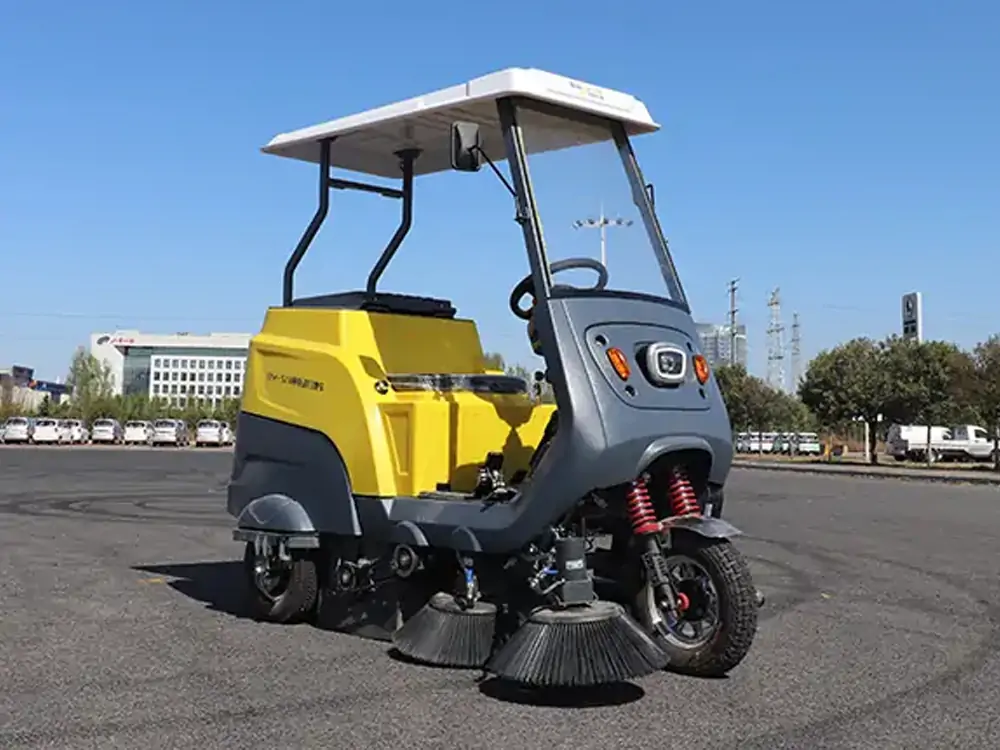
One standout feature of the pure electric sweeper is its detachable dustbin. Traditional cleaning vehicles require transferring garbage into disposal bins, consuming substantial manpower and resources. The detachable dustbin design in pure electric sweepers allows for quick and easy emptying, making the process efficient. Additionally, the pure electric sweeper is equipped with a spray dust suppression function that effectively reduces dust, promoting a healthier environment.
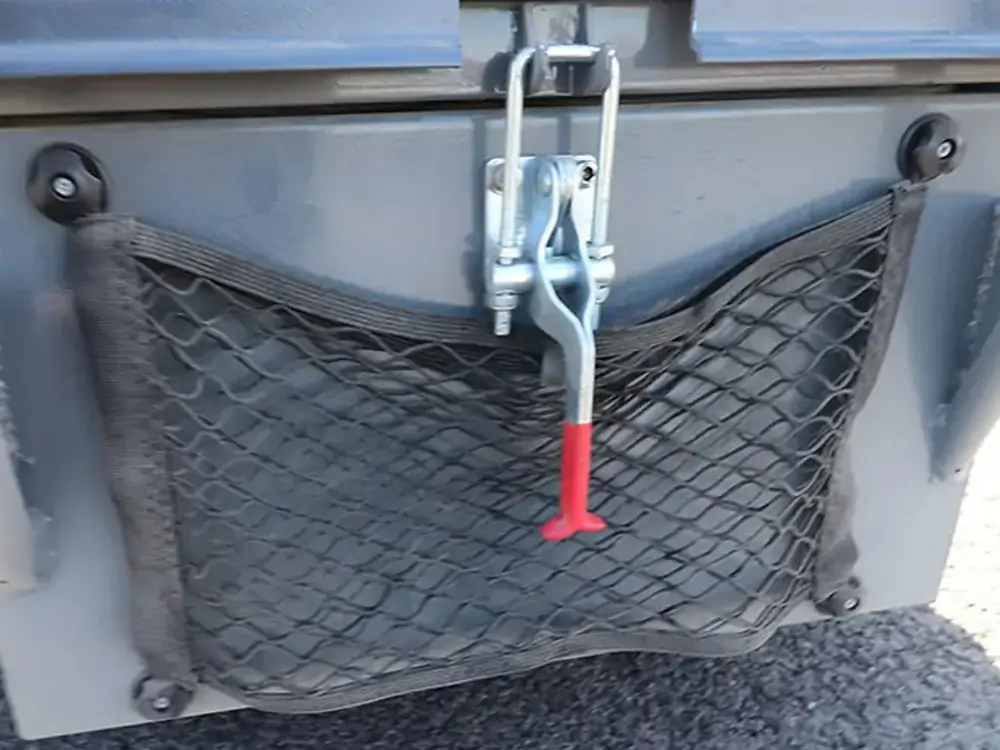
The application of pure electric sweepers not only improves urban sanitation standards but also lessens the workload for sanitation workers and enhances work efficiency. Unlike traditional cleaning vehicles, pure electric sweepers produce no exhaust emissions, minimizing environmental impact and offering important environmental benefits. This type of eco-friendly, efficient, and convenient cleaning vehicle can be widely used for the maintenance of urban roads, plazas, parks, airports, train stations, and other areas. With the continuous development and application of electric technology, pure electric sweepers are set to play an increasingly important role in future environmental health management.

